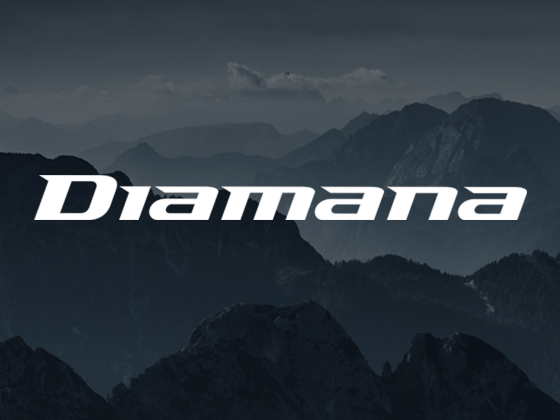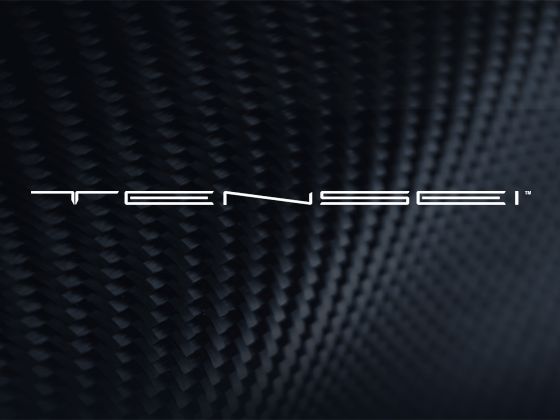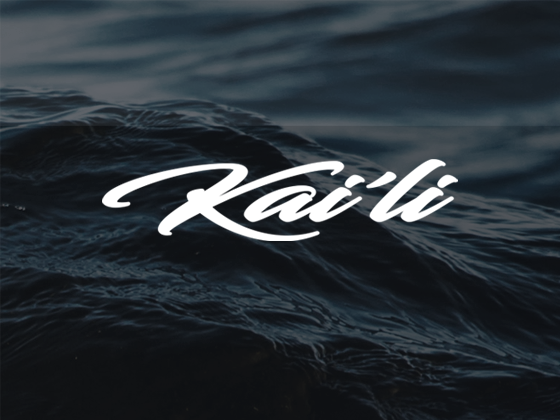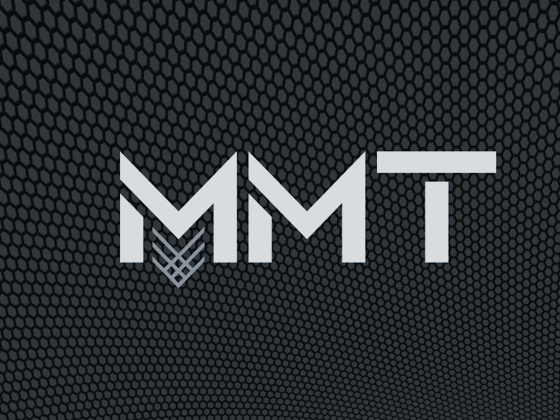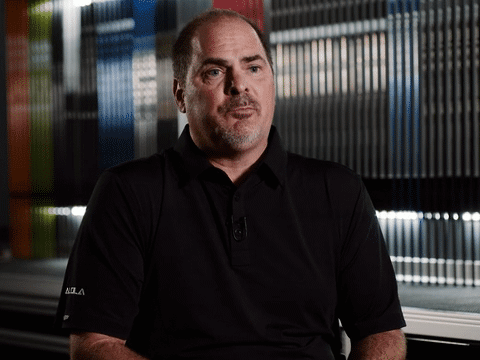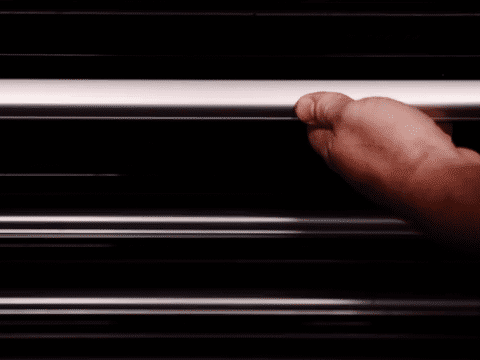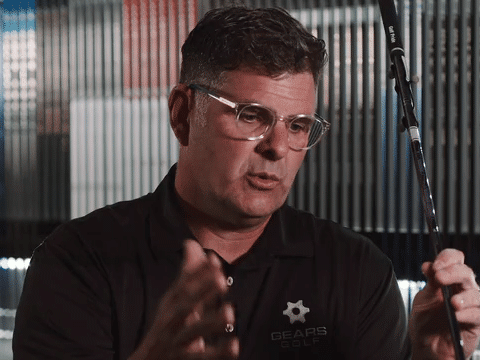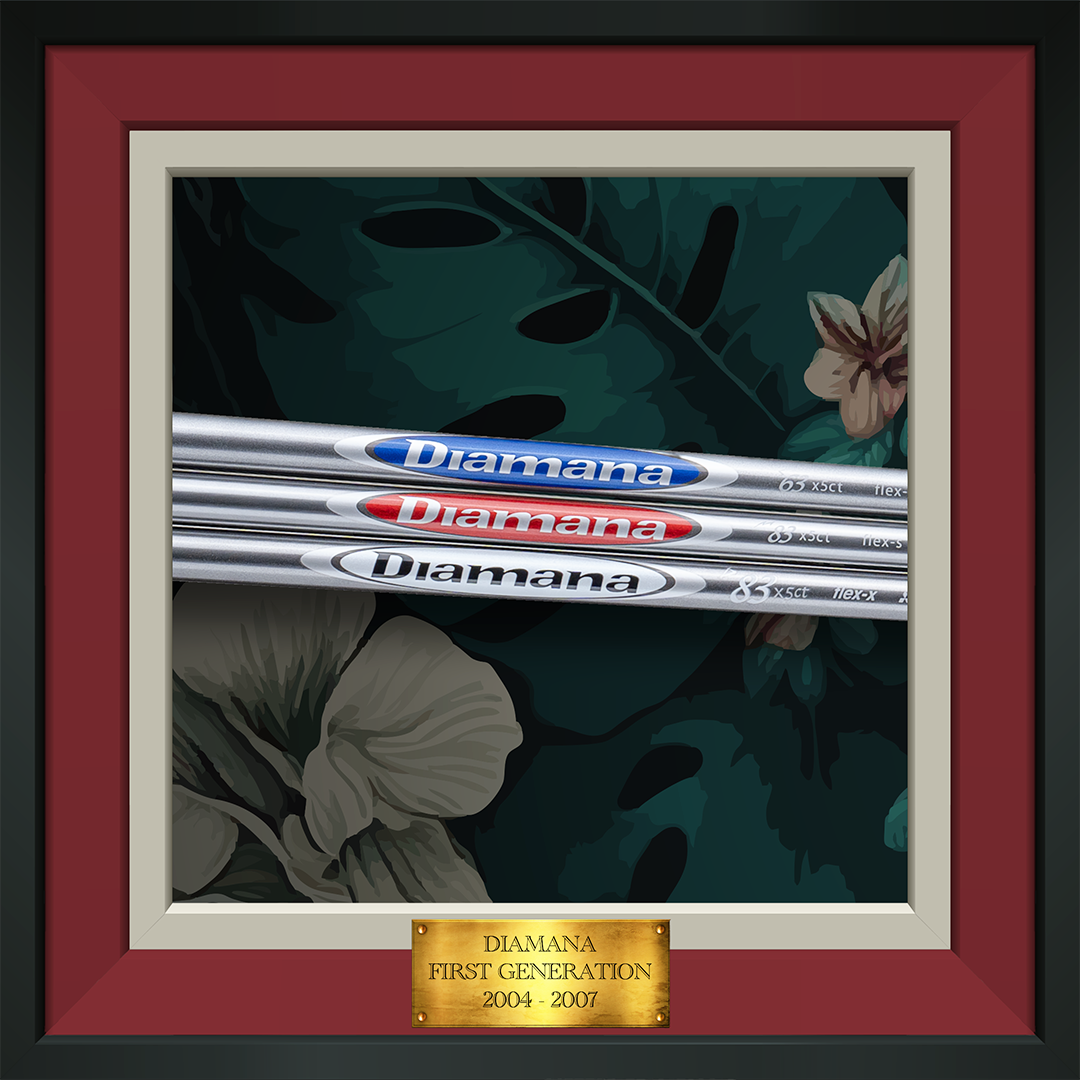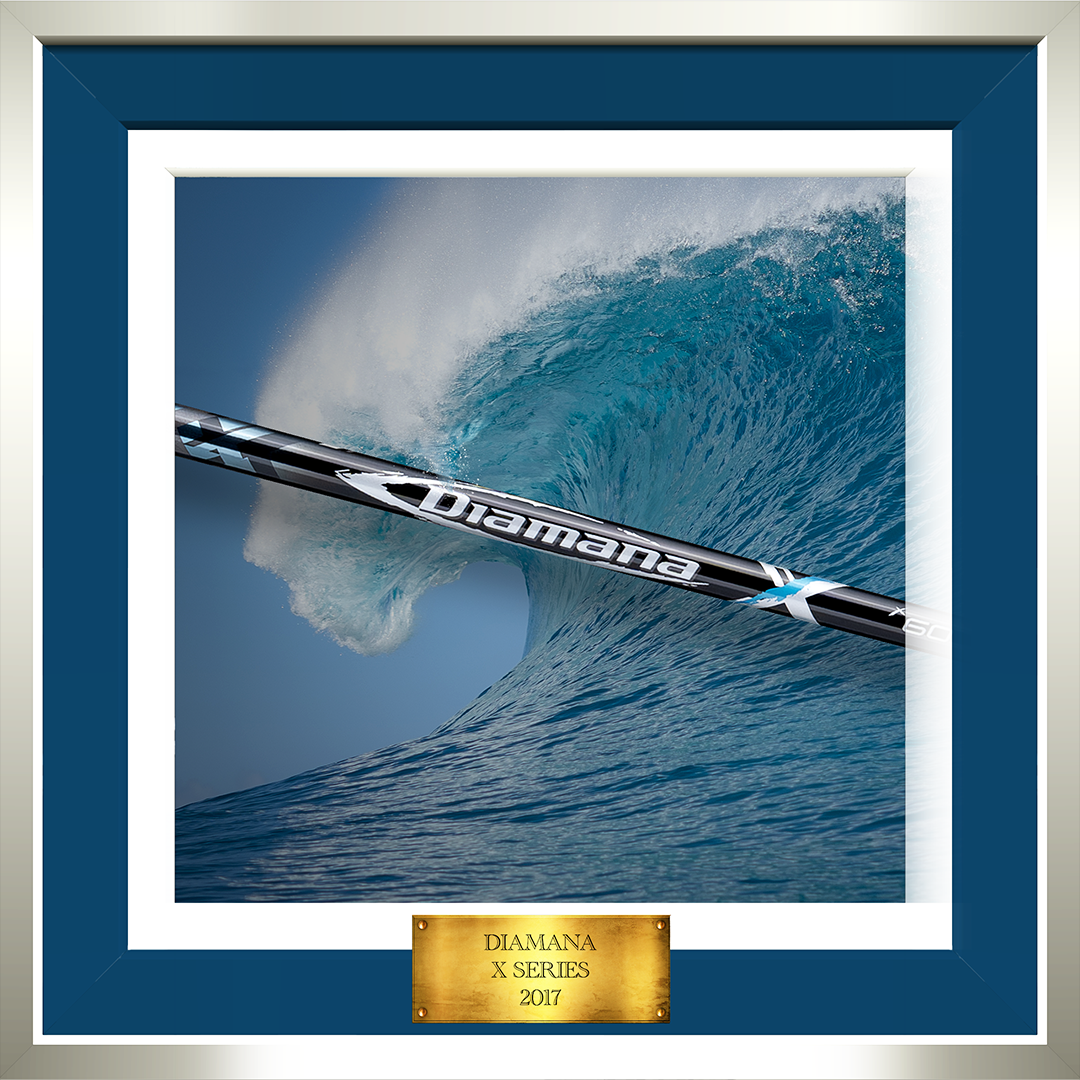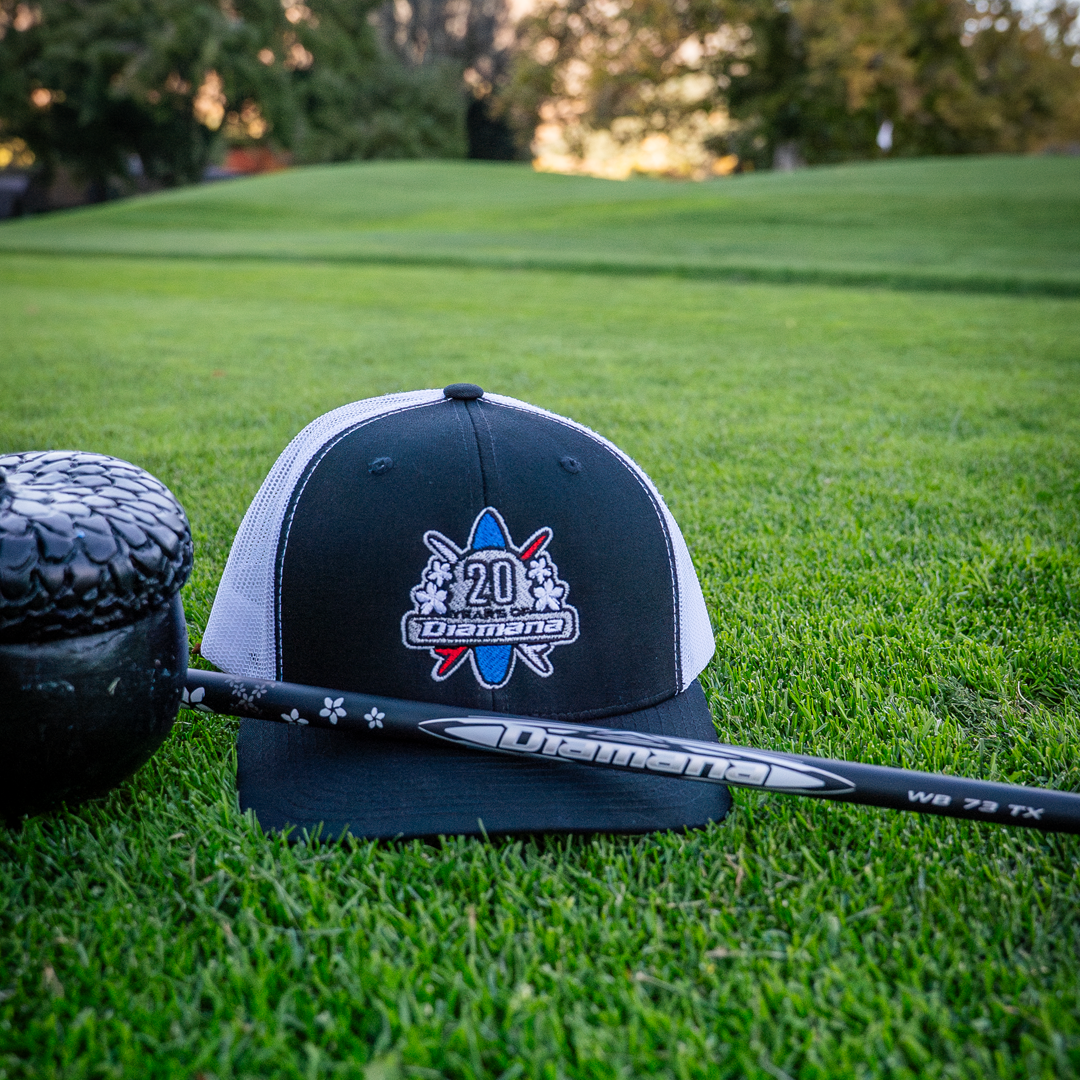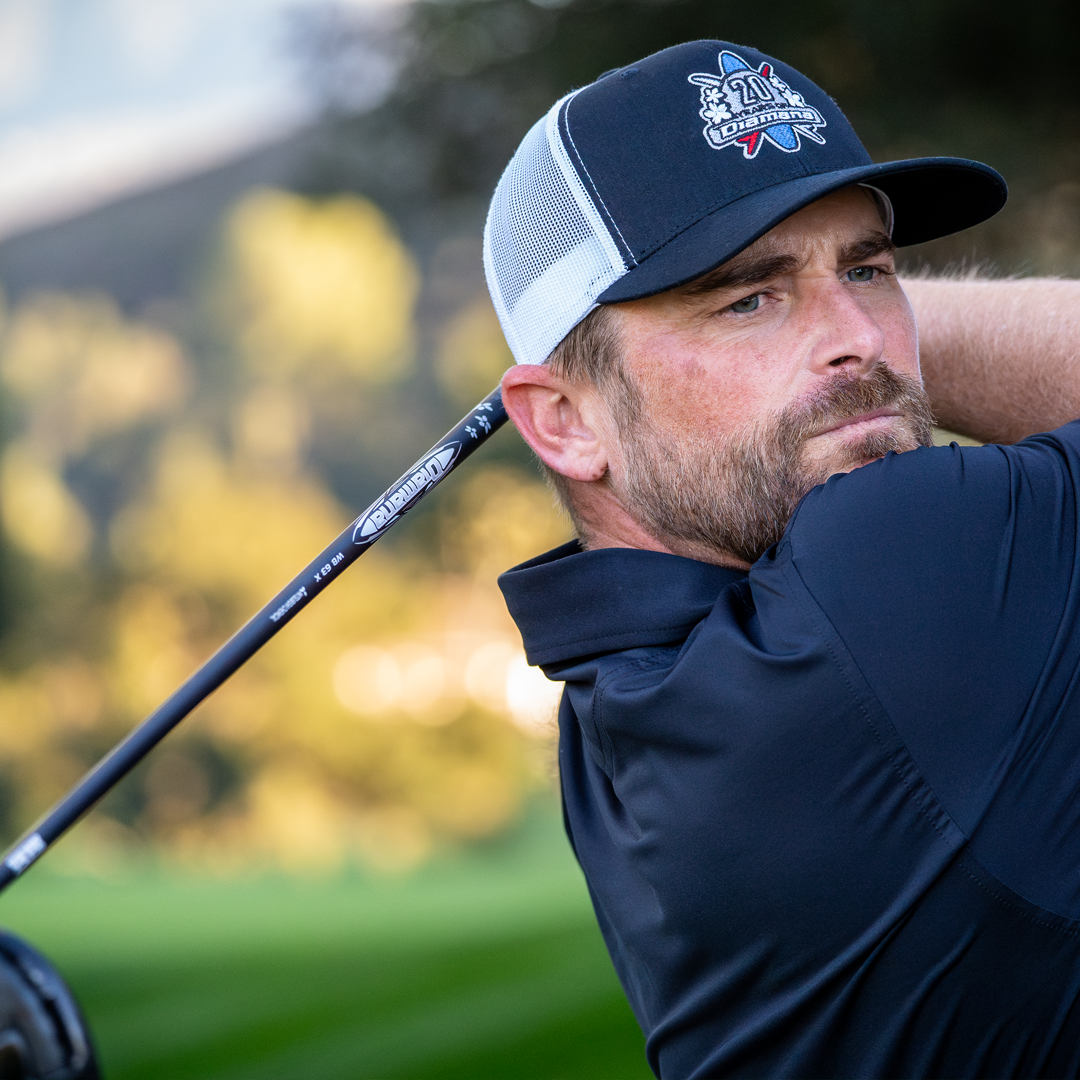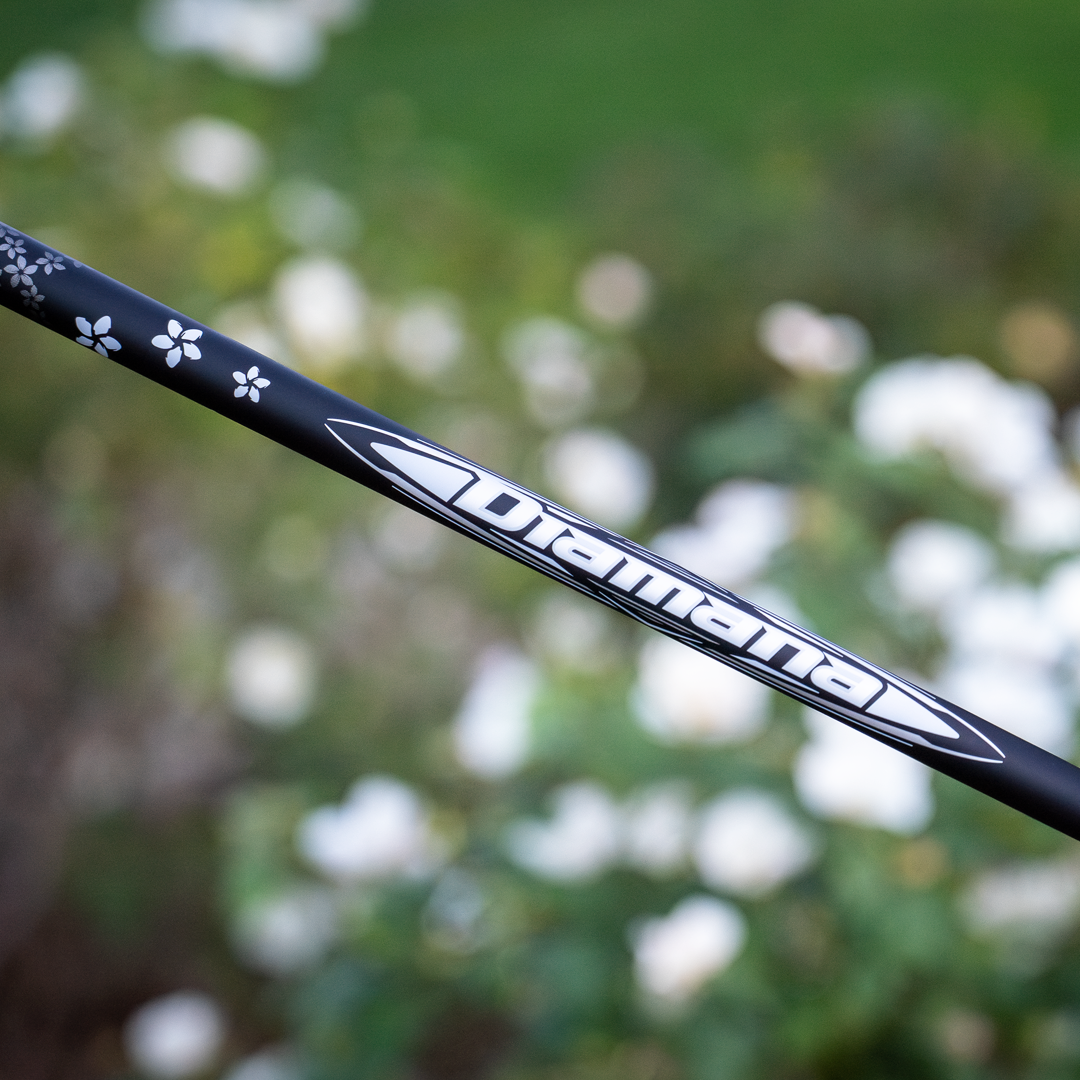The Shaft that Set the Standard
Celebrating 20 Years of Diamana. We didn't know it at the time, but in 2004, the golf equipment world changed forever with the introduction of a new shaft brand called 'Diamana.' Developed in Japan, the first Diamana shafts featured the now iconic flowers and surfboard, a respectful homage to the Hawaiian islands and the basis, today, of every 'board' profile descriptor in the golf shaft industry. And while those wholly unique and unmistakable cosmetics may have turned a few heads, it was the unparalleled performance of these blue, white, and red board shafts that fueled adoption on tour and began the unmatched win count.
"Place in history? The influence of Diamana's red, blue, white profiles can't be overstated. It's copied by literally everyone, and it's the reference for every golfer."
- Matt Saternus, Plugged In Golf
The Performance
Setting the Standard. The very first blue (mid launch), white (low launch), and red (high launch) Diamana shafts used three distinct EI curves and three distinct kick point locations. That allowed golfers to achieve different launch and spin conditions without deviating much from what would become known as the classic Diamana feel. First Generation Diamana products established this color-coded system. From 2004 on, every white Mitsubishi shaft would be low launch, every blue shaft would be mid launch and every red shaft would be high launch. This color-coordinated system is still practiced by Mitsubishi today and has since been emulated by nearly every other shaft manufacturer.
The History
Generation after Generation. The first Generation Diamana profiles hit the market in 2004 and each subsequent generation – and the array of specialty shafts that bridged each – was built on the performance characteristics and the material development of the prior generation. Now in its fifth generation – and on the precipice of a pending sixth – each Diamana is built with our proprietary Xlink Tech Resin System – increasing carbon fiber volume and driving down resin content – and the leading-edge Consistent Feel Design to help make fitting a seamless experience.
Welcome to the Diamana Museum

2004 // Diamana S-Series — Diamana all started in 2004 with the introduction of the mid-launch, mid-spin Diamana S-Series. This shaft with a blue surfboard on it arrived on tour and almost immediately established itself as the most consistent shaft on the market. In those days it was hard to find a shaft you liked, and even harder to build up a backup that felt like the first one. Those who gamed Diamana S-Series loved how it felt and how far it went and were stunned when they were able to build a backup that looked, felt, weighed and performed exactly the same as the gamer. The Diamana consistency remains a hallmark of the brand to this day. And while the product was initially called 'S-Series,' golfers everywhere began affectionately referring to it as simply 'Blueboard' -- a moniker that has stood the test of time.

2004 - 2007 // Diamana First Generation — The success of Diamana S-Series, or Blueboard, led our team down a development path that would guide the next 20 years of our company. There were golfers that hit Blueboard and liked the feel and consistency, but needed to hit it lower or needed to spin it more. Well, Blueboard had mid-launch and mid-spin covered so it made sense to develop a low-launch, low-spin option and a high-launch, mid-spin option. We developed a Diamana with an adjusted EI profile to promote low-launch and low-spin performance called D-Series and painted the surfboard white. We created another option with a further-tweaked EI curve to promote high-launch and mid-spin called Diamana M-Series and painted the surfboard red. Golfers could now play a Diamana for any preferred launch condition. Three things were born: Whiteboard, Redboard, and our color-coded spin/launch system so golfers could easily draw an association between the color of the shaft and the shaft's projected performance, an idea that has been imitated by nearly every manufacturer since. The first generation Diamana family was complete and the shaft industry was forever changed.
First Generation Diamana shafts were used to win two majors in 2005, three in 2006 and another in 2007, so it was safe to say its successor was eagerly anticipated.

2008 - 2011 // Diamana Second Generation — We learned so much from First Generation, and those lessons are carried into Second Generation. Golfers loved the simplified color-coded system and knew always what shaft they needed. All they had to do was ask for a Blue, Red or Whiteboard and they knew what was right for them. First Generation started the tradition of Hawaiian themes and Second Generation carried this forward. We kept the Redboard, Whiteboard, Blueboard system and introduced Diamana 'ilima (Redboard), Diamana 'ahina (Whiteboard) and Diamana Kai'li (Blueboard.)
Colors exploded to the forefront as the gray basecoats of First Generation were replaced with a vibrant red basecoat on Diamana 'ilima. An electric blue was used on Diamana Kai'li. An understated black became the base of Diamana 'ahina to allow the Whiteboard to pop. Bountiful plumerias were used to adorn the handle to celebrate the connection between the United States and Japan by way of Hawaii.
The shafts were far more than bright colors. Mitsubishi engineers introduced Multi Dimensional Interlay (M.D.I.) Technology with Second Generation Diamana which used thin carbon fiber multidimensionally to create improved bending and twisting strength. With Second Generation Diamana, golfers didn't just have a beautiful shaft, they also had a shaft pushing the boundaries of lighter weight and lower torque.

2011 - 2014 // Diamana Third Generation — Diamana has always pushed technological boundaries, but Third Generation kicked it up a notch. Third Generation Diamana featured the debut of our DIALEAD Pitch Fiber and our Tough-Qure Resin System. DIALEAD Pitch Fiber enabled us to create stiffer, low torque shafts at extremely light weights so golfers could still hit it straight with all the extra speed they were generating. The Tough-Qure Resin System was an early version of the Xlink Tech Resin System seen in today's Mitsubishi products. Tough-Qure was our first foray into dramatically increasing carbon fiber volume for a better-feeling shaft.
Third Generation Diamana carried the boards and colors forward, further cementing Diamana's place not only in golf shaft performance, but golf shaft theory. Third Generation's Blueboard was called B-Series, Whiteboard was called W-Series and Redboard was called R-Series. Makes sense, right?
The golf world at this time in history was changing rapidly. People were starting to learn the benefits of custom fitting and more and more shafts were entering the market. Golf shafts are inherently complicated and difficult to understand. Diamana solved this problem early. Just ask for a Red, White or Blue and the fitter could take it from there.

2016 - 2019 // Diamana Fourth Generation — Fourth Generation Diamana marked the first time the line expanded to include a permanent additional profile. We always had the Red, White and Blue, but in 2019 we unveiled Diamana ZF to sit right in between the super-popular Blue and White profiles.
Diamana ZF would go on to become one of our most successful shafts ever on tour, responsible for major victories, FedEx Cups and hundreds of million of dollars of on course earnings for top professionals.
Fourth Generation featured an all-Ion Plated cosmetic with the iconic colors of the shaft used in the handle section fading to all IP near the tip. Diamana BF (Blueboard), RF (Redboard) and DF (Whiteboard) would go on to become extremely successful commercially behind some of our biggest technological innovations. Fourth Generation Diamana brought the introduction of our aerospace-grade strength MR70 carbon fiber and used DIALEAD that had worked very well in Third Generation. It was also the first generation to use boron to further fortify strength.
Fourth Generation Diamana products were used to win four major championships and are still in the bags of several of the best golfers in the world to this day.

2020 - 2023 // Diamana Fifth Generation — The Fifth Generation placed custom fitting at the absolute forefront. Typically each new Diamana family includes all the technology of the previous generation, then adds something new we've developed since the previous family launched. Fifth Generation Diamana pioneered our Consistent Feel Design Technology, a design method meant to make clubfitting as seamless as possible.
Consistent Feel Design minimizes variance in butt OD, weight and balance point so that each shaft within the family might perform differently, but feel identically. This was a massive breakthrough because it took common variables in the custom fitting experience and removed them. Golfers were able to move seamlessly between weights and flexes to find the perfect shaft for them.
Fifth Generation Diamana is also the first Diamana family to feature our flagship Xlink Tech Resin System. Xlink Tech dramatically increased carbon fiber volume of shafts to improve the shaft's feel while managing to simultaneously increase the shaft's strength -- something thought to be impossible. The Xlink Tech Resin System is what contributes most to that iconic, smooth Diamana feel golfers have come to know and love.
Diamana TB, PD and GT combine to form the Fifth Generation family, and these parts are in golf bags all over the world and have been used to win some of the game's biggest championships, highlighted by a major championship in 2023.
The Legacy
It's been a busy two decades for Diamana on the game's biggest stages. 325 wins, 38 majors, 20 years. The first win for a Diamana driver shaft? That would be July 1st, 2004 on the European Tour in Ireland. The winner? A South African stalwart coming off a US Open title just two weeks earlier. The next win? Three months later in Sevilla, Spain by a swashbuckling young Spaniard. The first major? A famous victory in Augusta, Georgia in the spring of 2005.
The Future
The barrage of majors hasn’t stopped. Diamana notched two majors in 2022 and two more in 2023. To this day, five of the top 20 male players in the world use Diamana. Still today golfers refer to low launch shafts from any and all manufacturers as 'white boards' and mid launch shafts as 'blue boards.' Our color convention in original Diamana made shafts so much easier to understand for fitters and golfers globally that just about every other manufacturer had to mimic it. Diamana is the board. Diamana is the color convention. Diamana is the flowerbands. Diamana is the shaft that set the standard.
The Next Generation is Now
The board is back. After a few years away, the vintage surfboard always associated with Diamana™ makes its return with Diamana™ WB. New for 2024 and built on an extraordinarily popular and tour-proven platform, Diamana™ WB brings classic low-low performance and the legendary stability and control you’ve come to expect after two decades.

